Chimney Repair and Chimney Cap Installation: Essential Maintenance for a Safe Home
Introduction
Maintaining a chimney is crucial for the safety and functionality of your home. Over time, chimneys can develop various issues, from cracks and leaks to damaged caps. In this comprehensive guide, we’ll delve into the importance of chimney repair and chimney cap installation, exploring the common problems, solutions, and best practices to keep your chimney in top condition.
Understanding Chimney Repair
Signs of Chimney Damage
Before diving into repair options, it’s essential to recognize the signs of chimney damage. These may include:
- Cracks and Gaps: Visible cracks or gaps in the chimney structure.
- Leaking: Water stains or dampness on the walls near the chimney.
- Efflorescence: White, chalky residue on the chimney bricks, indicating moisture penetration.
- Damaged Mortar Joints: Deterioration of the mortar between bricks.
Repair Solutions
Addressing chimney damage promptly can prevent further deterioration and costly repairs. Depending on the extent of the damage, repair solutions may include:
- Tuckpointing: Repairing mortar joints to prevent water infiltration.
- Brick Replacement: Replacing damaged bricks to restore structural integrity.
- Waterproofing: Applying a protective sealant to prevent water penetration.
- Flue Repair: Fixing cracks or damage in the chimney flue to ensure proper ventilation.
- Chimney Relining: Installing a new liner to improve safety and efficiency.
Chimney Cap Installation: Protecting Your Chimney
Importance of Chimney Caps
A chimney cap serves as a protective barrier, preventing debris, animals, and water from entering the chimney. Without a cap, your chimney is vulnerable to various problems, including:
- Animal Infestation: Birds, squirrels, and other animals may build nests or enter the chimney, causing blockages and hazards.
- Moisture Damage: Rainwater and snow can seep into the chimney, leading to rust, corrosion, and structural damage.
- Debris Buildup: Leaves, twigs, and other debris can accumulate in the chimney, posing a fire risk.
Installing a Chimney Cap
Chimney cap installation is a relatively simple yet highly effective solution to protect your chimney. Here’s how the process typically works:
- Assessment: A professional chimney technician assesses the chimney size and condition to determine the appropriate cap size and style.
- Selection: Choose a chimney cap that suits your chimney’s design and provides optimal protection against debris and animals.
- Installation: The technician securely attaches the chimney cap to the chimney crown or flue, ensuring a tight fit and proper ventilation.
- Maintenance: Regularly inspect and clean the chimney cap to remove any debris and ensure continued functionality.
Benefits of Regular Maintenance
Longevity
By investing in chimney repair and chimney cap installation, you’re not only ensuring the safety of your home but also extending the lifespan of your chimney. Proper maintenance can prevent costly repairs and prolong the structural integrity of the chimney.
Safety
A well-maintained chimney reduces the risk of fire hazards, carbon monoxide leaks, and structural collapses. Regular inspections and repairs help identify potential issues early, allowing for timely intervention and prevention of accidents.
Energy Efficiency
A properly functioning chimney improves the efficiency of your heating system, reducing energy consumption and lowering utility bills. By sealing cracks, insulating the chimney, and installing a chimney cap, you can minimize heat loss and maximize energy savings.
Conclusion
In conclusion, chimney repair and chimney cap installation are essential aspects of home maintenance that should not be overlooked. By addressing chimney damage promptly and investing in protective measures like chimney caps, you can ensure the safety, longevity, and efficiency of your chimney system. Remember to schedule regular inspections and maintenance to detect any issues early and keep your chimney in optimal condition.

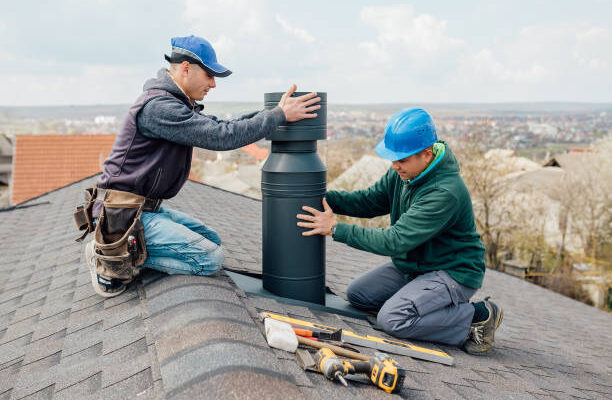
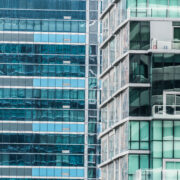
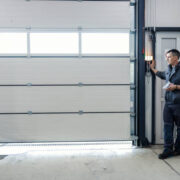


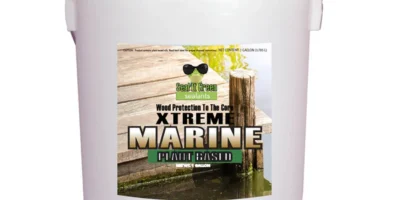





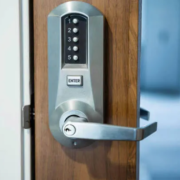




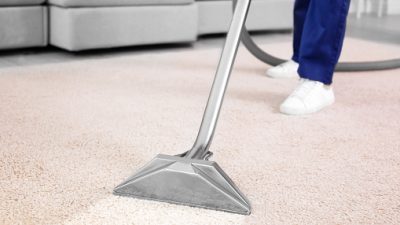






Comments